Ingredients:
- 1 pound Brussels sprouts, trimmed and halved lengthwise
- 2 tablespoons extra-virgin olive oil
- 1/2 teaspoon fine sea salt
- 1/4 teaspoon ground black pepper
Method:
Preheat oven to 400°F. Toss Brussels sprouts with oil, salt and pepper on a rimmed baking sheet and roast, stirring once or twice, until deep golden brown, crisp outside and tender inside, 30 to 35 minutes. The leaves that are loose will be especially brown and crispy. Transfer to a bowl and serve.
Rosemary Parmesan Brussels Sprouts
Add 1 tablespoon chopped fresh rosemary to Brussels sprouts before roasting. During the last 5 minutes of roasting, add 1/4 cup pine nuts. Stir well and continue roasting until Brussels sprouts are tender. Before serving, toss with 1/4 cup shredded parmesan cheese.
Cranberry Pecan Brussels Sprouts
During the last 5 minutes of roasting, add 1 cup dried cranberries and 1/4 cup pecan pieces. Stir well and continue roasting until Brussels sprouts are tender.
Brussels Sprouts and Kale Salad
After roasting, allow Brussels sprouts to cool to room temperature. Toss with 4 cups baby kale mix, 1/4 cup crumbled goat cheese and 1/4 cup balsamic vinaigrette.
Nutritional Info:
Per Serving: Serving size: , 110 calories (70 from fat), 7g total fat, 1gsaturated fat, 0mg cholesterol, 320mg sodium, 10g carbohydrates, (4 gdietary fiber, 2g sugar), 4g protein.

